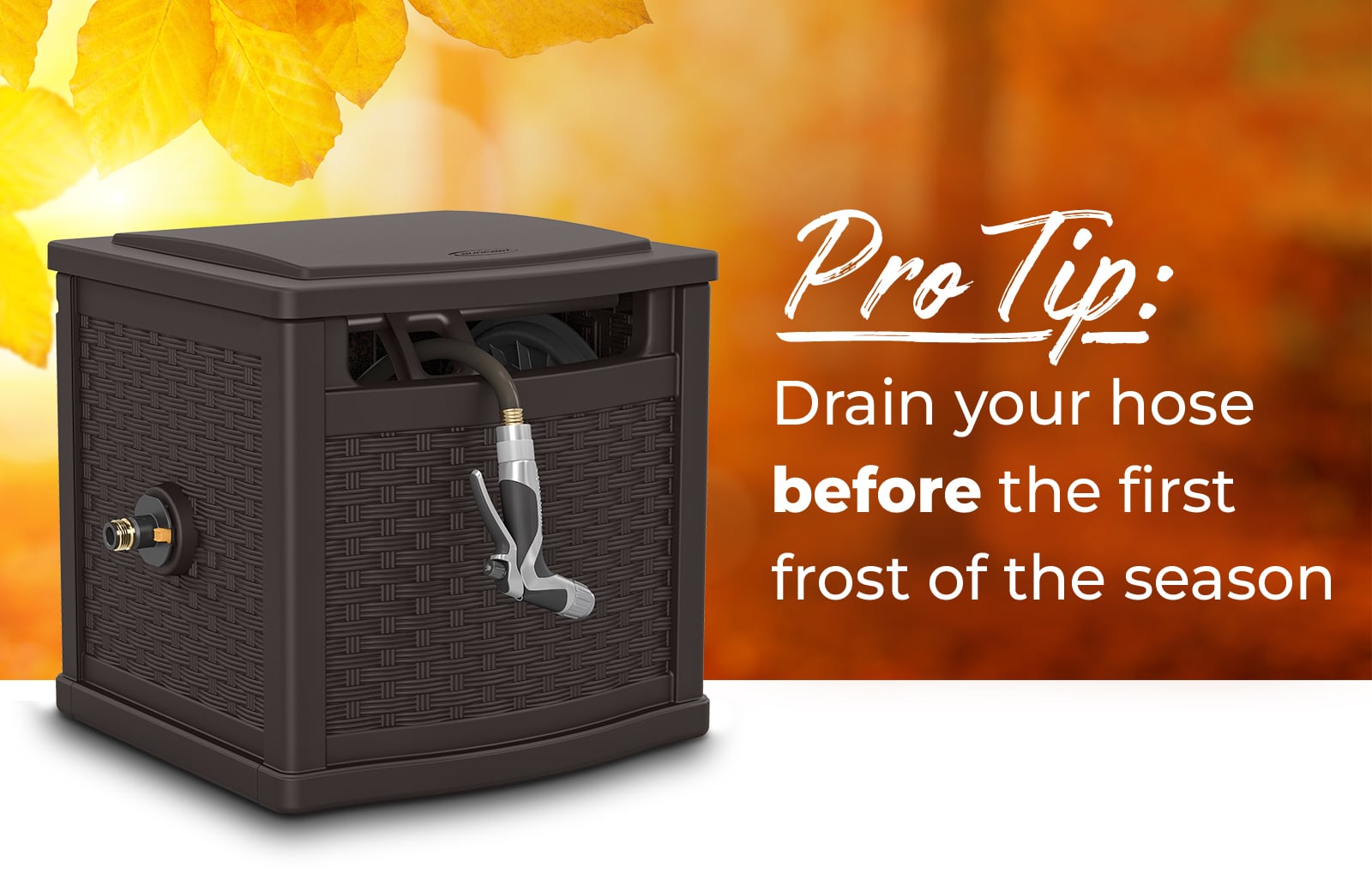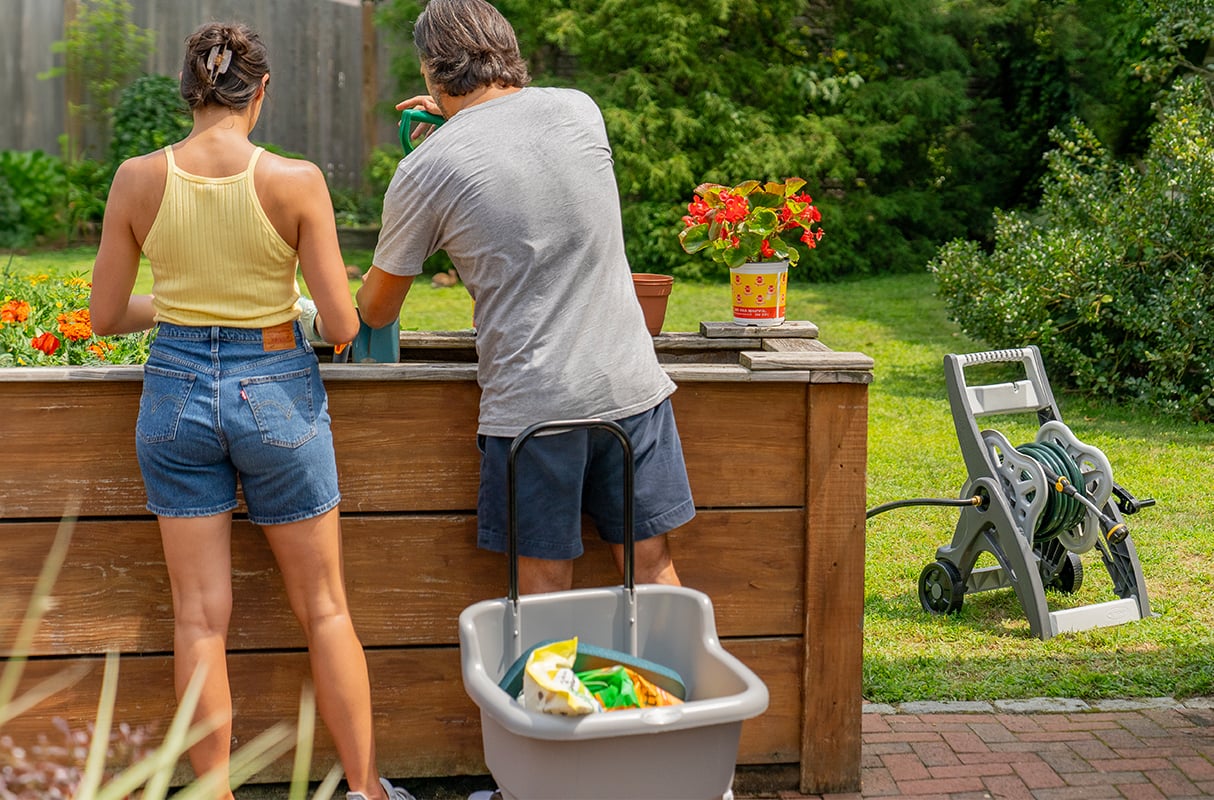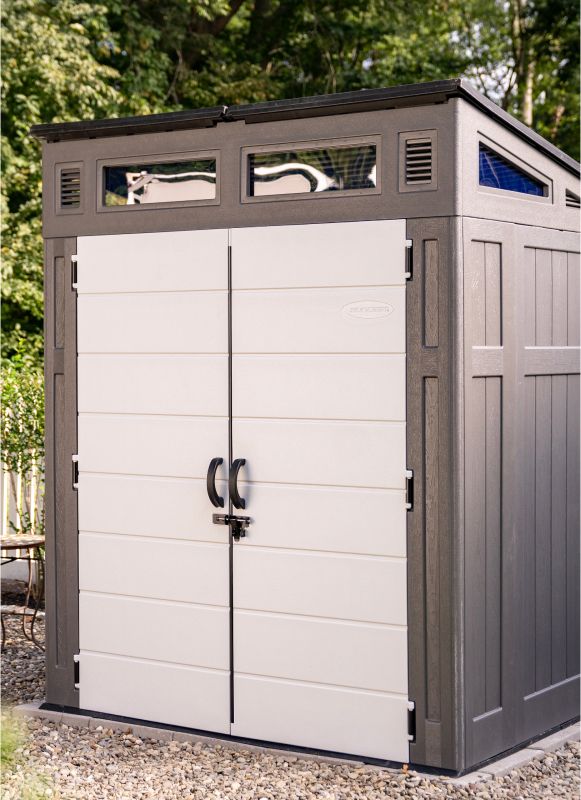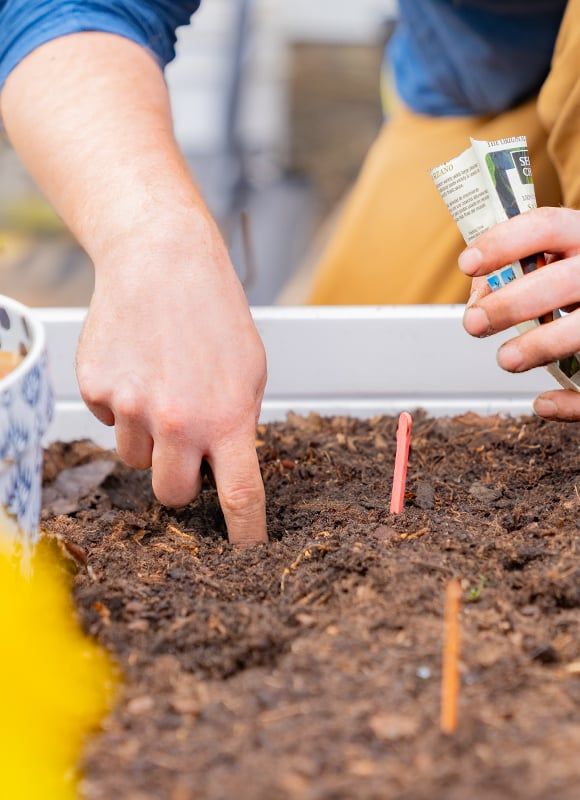Regional Gardening—Your Guide to a Northeastern Fall Garden


After a bountiful summer, families living in the Northeast begin prepping their gardens for the cooler months ahead. Here are our top tips for preparing your Northeastern garden for fall and winter.
What to Plant
The fall is a great time to plant trees and shrubs. The weather is cooler, and there is typically more rain in the forecast, which helps root systems grow and establish themselves before the first frost of the season. No matter the weather, remember to water your trees and shrubs well so that they have plenty of energy to get started and grow strong. Be sure to avoid using fertilizer in the fall, as this can encourage top growth, exposing the plant to the cold weather. Planting native trees and shrubs may encourage native insects to visit your garden, which can attract birds! If you want to keep supporting your feathered friends in the colder months of the year, consider adding a heated bird bath or bird bath deicer as well as suet feeders to your yard.


Garlic is another excellent choice for fall, as it needs to be exposed to cooler ground temperatures in order to grow. Give the garlic cloves plenty of space and plant each clove separately (not as a whole bulb). We recommend looking for hardneck garlic varieties, which are perfect for growing in Northern climates with longer winters. Come spring, the telltale green shoots will burst out of the ground, and you’ll be eating garlic confit in no time!


Fall Cleaning
A little fall cleaning and winter prep will help set you up for success in spring! This is easy if your outdoor furniture and storage solutions are made of a weather-resistant material like resin. Bring delicate items such as pillows and blankets back inside and stow tools and equipment away for the season. Furniture that is not resistant to cold and wet conditions, such as wicker, will need to be stored inside your home or moved to the garage or basement.
Winter demands a different set of tools, so be sure to move your snow shovel, ice scraper, and other essentials into an accessible part of the shed for easy access when you need them. It can be helpful to pull everything out first and take stock. This will help you understand what you have, what you need, and what you should get rid of. If you have a shed with a large sliding door, this takes a lot less time than you might think—and you can have your shed prepped for winter in just a couple of hours.


Winterize Your Hose Reel
Before the first frost kicks in, it’s a good idea to winterize your hose reel. Drain the hose before the temperature gets below freezing, let it dry, then store it safely in the garage or an area of your home where the temperature won’t drop below freezing. When spring rolls around, make sure to check your hose for leaks before you start watering.











